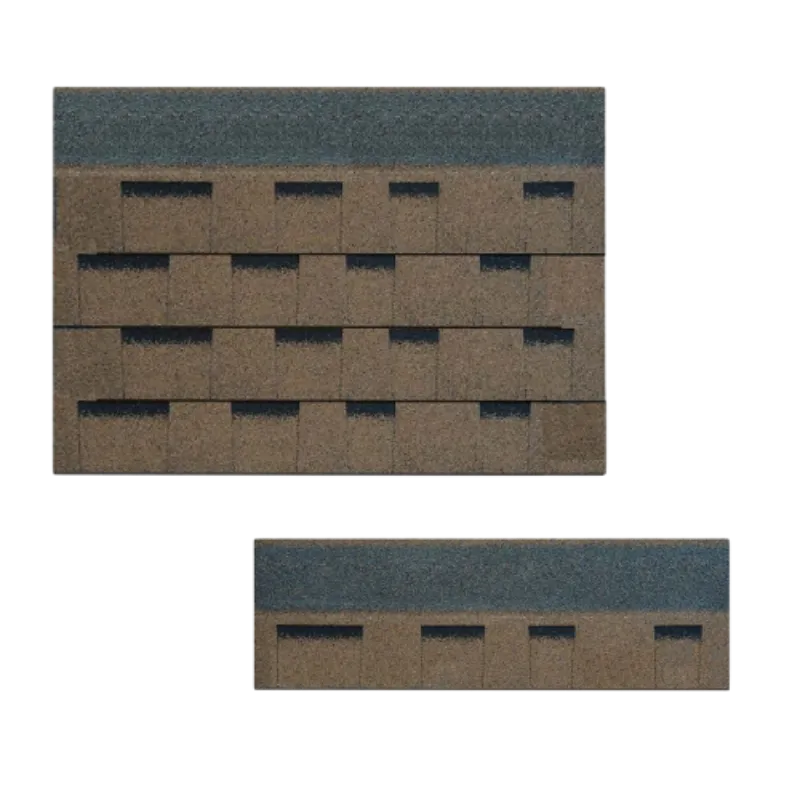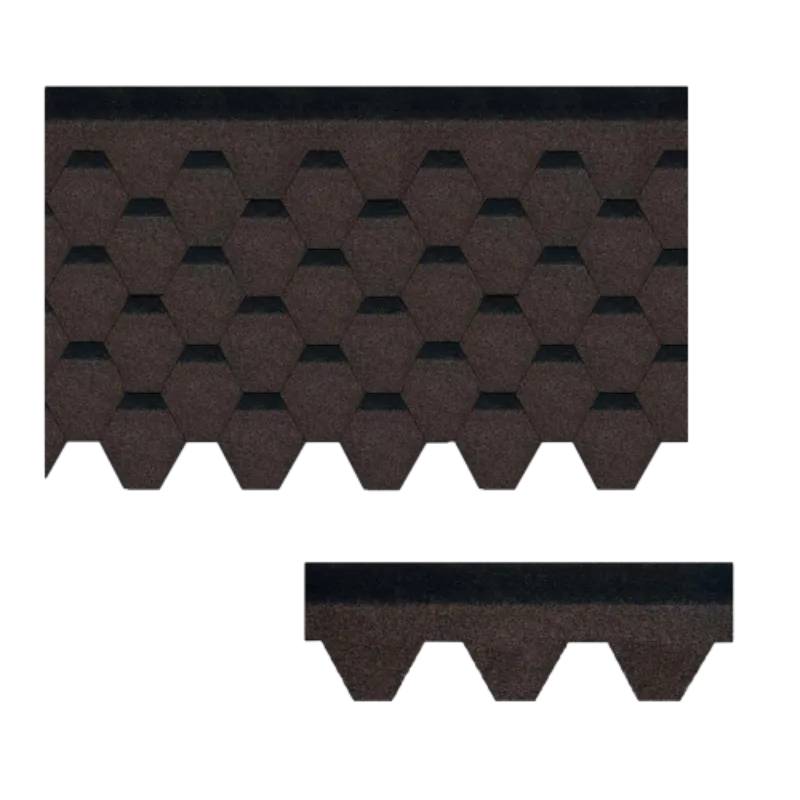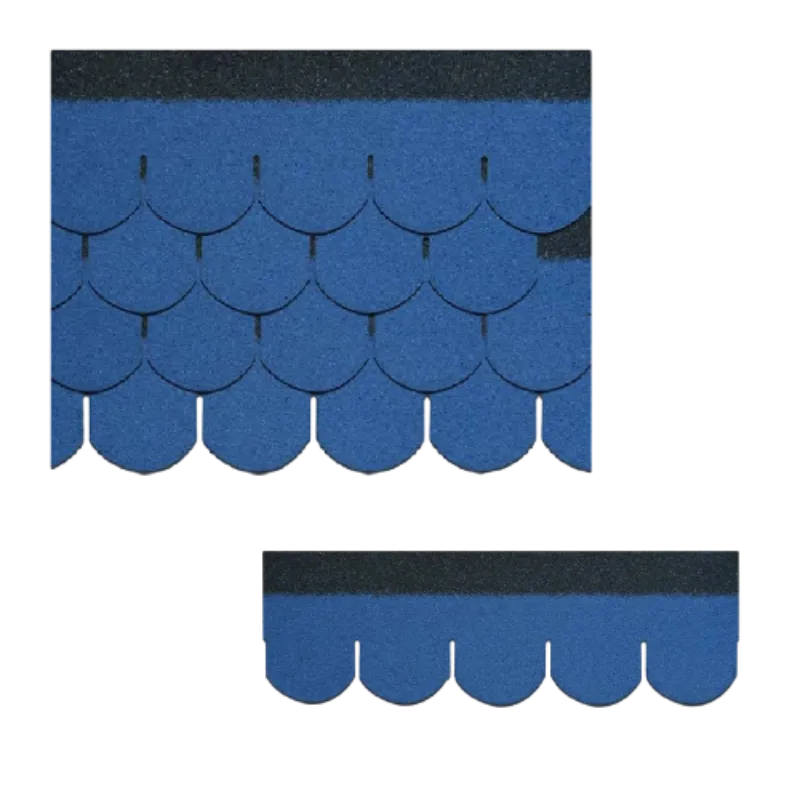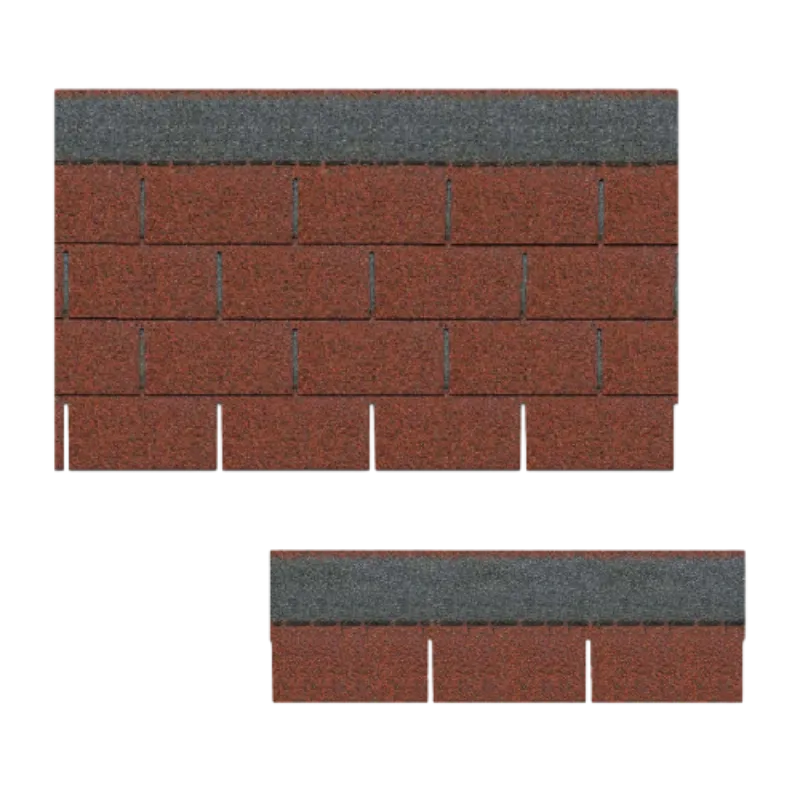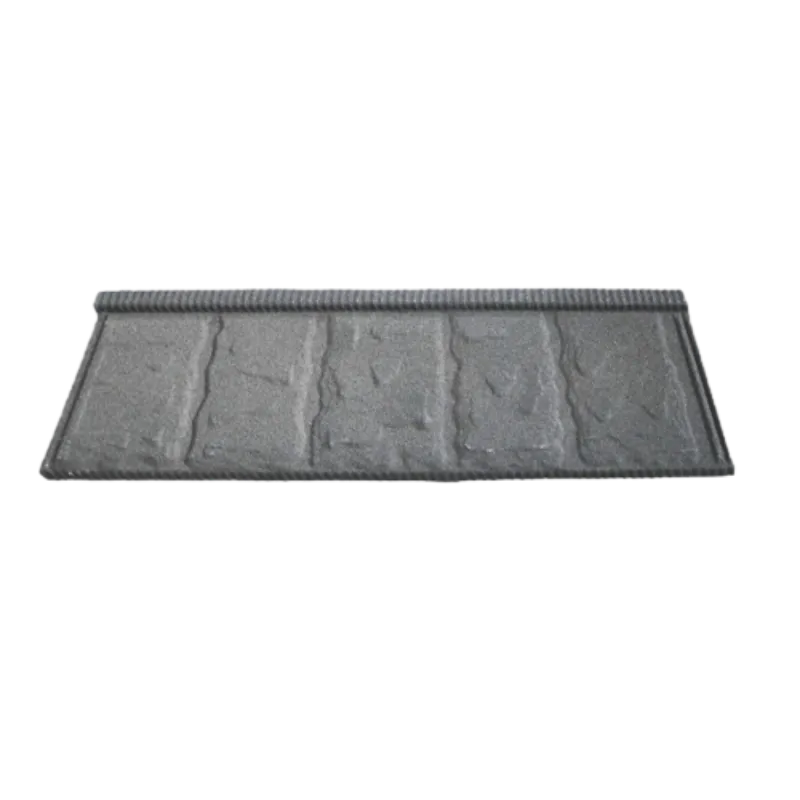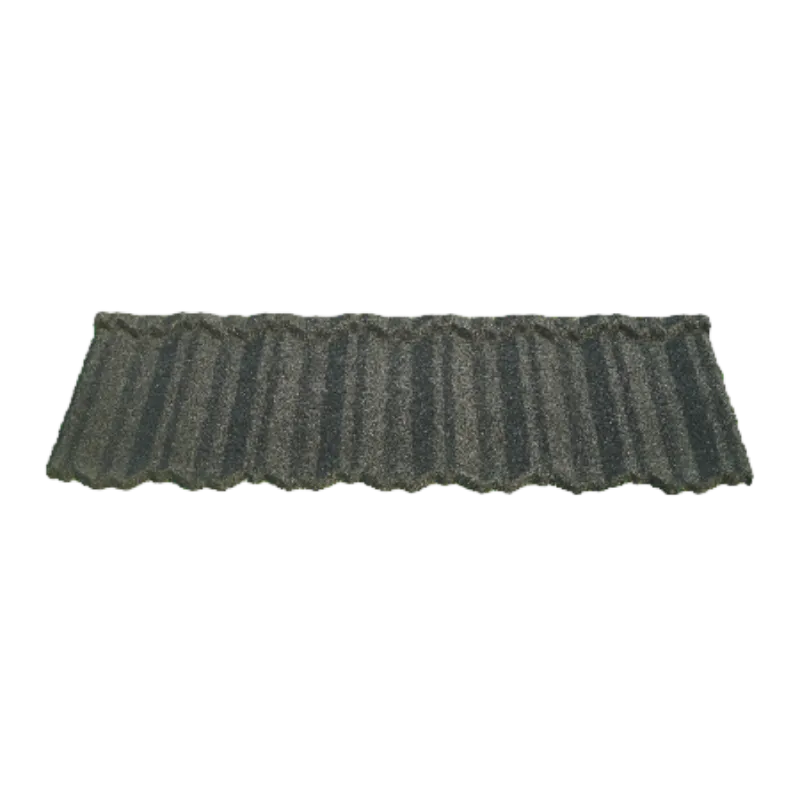
Jul . 25, 2025 07:01 Back to list
Mosaic Shingles: Durable Roofing, Compare 3 Tab vs Architectural Styles
Hebei Chida Manufacture and Trade Co., Ltd.
Official Website: https://www.coolroofmaterials.com
Tel: +86-311-85371887
Mobile: +86 13803333363
Email: coolroof@cnchida.com
Address: No.B2305, Times Ark Building, Guangan Street, Shijiazhuang, China
Introduction: The Rise of Mosaic Shingles
In recent years, mosaic shingles have established themselves as a preferred roofing solution for both residential and commercial applications. Industry professionals cite their superior aesthetic versatility, durability, and outstanding weather resistance for their rapid global adoption.
As the roofing sector evolves, discerning the distinctions between various shingle types, such as 3-tab, architectural, and laminate shingles, becomes crucial for architects, builders, and homeowners alike. This article delves deep into the trends, technologies, and comparative parameters governing the world of mosaic shingles, answering questions like what is the difference between 3 tab and architectural shingles, and serves as an expert reference using both reputable industry sources and advanced data visualization.
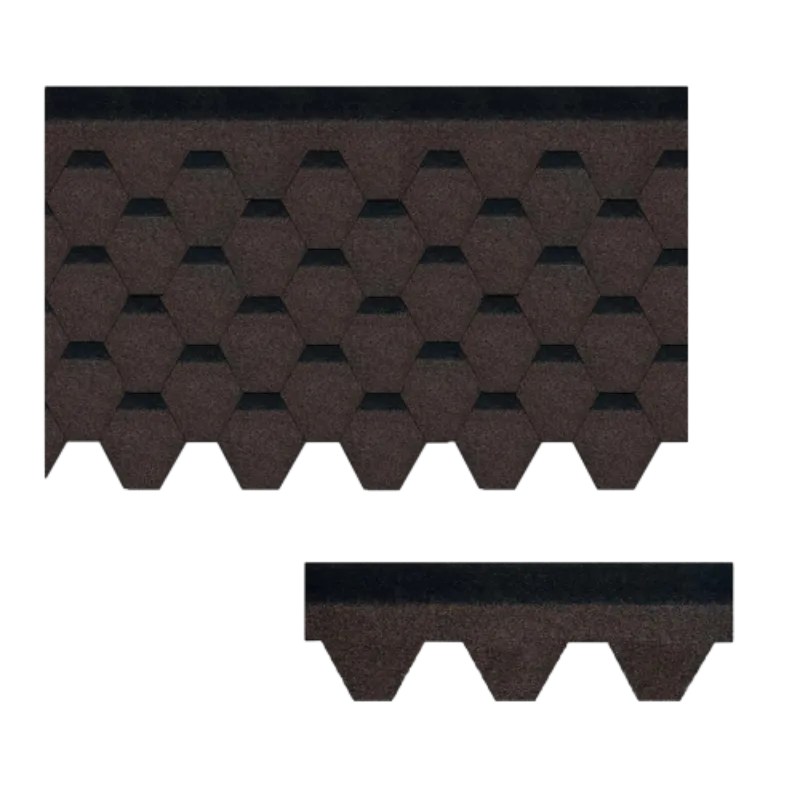
Product Overview: Mosaic Shingles
- Product Name: Mosaic Shingles
- Size: 1000 * 325 mm
- Weight: 8.5kg/㎡
- Asphalt Type: Modified asphalt
- Framework: Glassfiber Mat
- Manufacturer: Hebei Chida Manufacture and Trade Co., Ltd.
Discover more at the official product page: https://www.coolroofmaterials.com/mosaic-shingles.html
Industry Trends: The Evolving Market for Mosaic Shingles
The roofing industry has experienced significant transformation in the past decade, with mosaic shingles gaining increased market share due to their technical sophistication and design flexibility. The factors driving this trend include:
- Rising Focus on Durability: Enhanced manufacturing processes and the integration of high-grade modified asphalt with glassfiber mats have bolstered shingle lifespans.
- Energy Efficiency Innovations: Reflective granules and improved underlayment contribute to lower energy consumption, aligning with global green building trends (Greenroofs.com Report, 2023).
- Architectural Versatility: Homeowners and architects demand more color, pattern, and textural options, which mosaic shingles provide in abundance.
- Global Applicability: Widely used in residential housing, multi-family complexes, and commercial structures due to their cost-effectiveness and robust weather resistance.
Technical Parameters of Mosaic Shingles
The core technical specifications of mosaic shingles determine not just their durability but also their suitability for diverse climates. Below is a comprehensive comparison table sourced from industry-leading publications and product manufacturers.
| Parameter | Mosaic Shingles | 3 Tab Shingles | Architectural Shingles | Laminate Shingles |
|---|---|---|---|---|
| Dimensions | 1000 × 325 mm | 1000 × 333 mm | 1000 × 333 mm | 1000 × 333 mm |
| Average Weight | 8.5 kg/㎡ | 7.3 kg/㎡ | 9.0 kg/㎡ | 9.2 kg/㎡ |
| Asphalt Type | Modified Asphalt | Standard Asphalt | Modified Asphalt | Modified Asphalt |
| Reinforcement | Fiberglass Mat | Fiberglass Mat | Fiberglass Mat | Fiberglass Mat |
| Installation Complexity | Moderate | Simple | Intermediate | Intermediate |
| Design Patterns | Multi-color/Shape Mosaics | Straight-line Tabs | Random Thickness/Contour | Random Thickness/Contour |
| Service Life | ≥30 Years | 15–20 Years | 25–40 Years | 25–40 Years |
| Wind Resistance | Up to 130 km/h | 96 km/h | 177 km/h | 177 km/h |
| UV Resistance | High | Medium | High | High |
| Water Impermeability | Excellent | Good | Excellent | Excellent |
Major Technical Indicators of Mosaic Shingles – Data Visualizations
Application Scenarios of Mosaic Shingles
Mosaic shingles offer unprecedented design flexibility and structural dependability, making them suitable for a wide array of roofing projects. Their resistance to wind, UV, and rain makes them ideal for:
- Residential Villa Roofing: Diverse color and pattern choices to complement upscale architecture.
- Urban Commercial Complexes: High foot traffic tolerance and reduced maintenance needs.
- Educational and Government Buildings: Demanding environments requiring longevity and safety certification.
- Harsh Climate Zones: Robust performance against severe weather and thermal cycling.
- Renovation Projects: Lightweight design prevents excessive load on legacy structures during upgrades.
Comprehensive Comparison: What is the difference between 3 tab and architectural shingles?
One of the most common questions in roofing forums is: What is the difference between 3 tab and architectural shingles?
- 3 Tab Shingles: Single-layer, flat-surfaced, consistent size and shape tabs (three), creating a uniform look. More affordable, lighter, but lower wind and impact resistance (Roofing Contractor Magazine).
- Architectural Shingles: Multi-layered (laminated), dimensional depth, irregular edges, and patterns mimicking natural wood or slate. Higher upfront cost, longer service life, stronger performance against environmental factors.
- Mosaic Shingles: Occupy a compelling middle ground—sophisticated visual variety via mosaic surface treatment, but with improved UV and mechanical resilience over traditional 3-tab solutions.
Technical Clarification: What is the difference between 3 tab and laminate shingles?
Laminate shingles (sometimes called “architectural” shingles) feature two or more fused layers of asphalt and fiberglass, adding weight and contour to the roof surface. Compared to 3 tab shingles, laminate shingles offer:
- Thicker structure, which enhances wind and hail resistance
- Intricate color blends and textures for a more premium aesthetic
- Extended warranties (25+ years compared to 15–20 years for 3 tab)
- More complex installation but reduced overall maintenance
Professional FAQ: Mosaic Shingles Specifications & Advanced Knowledge
EEAT (Expertise, Authoritativeness, Trustworthiness): Industry Validation & References
Hebei Chida Manufacture and Trade Co., Ltd. is a front-runner in the international roofing materials sector, with a proven track record in research, production, and export of mosaic shingles. The firm’s technical team regularly participates in prominent industry symposiums (e.g. IKO Roofing Insights 2023) and upholds ISO 9001 and CE compliance.
Peer-reviewed studies and industry discussions, such as those published in the Journal of Light Roofing Performance and on forums like Roofing.com, repeatedly confirm the technical benchmarks and trends described above.
For further reading and verification:
- Greenroofs.com: Roofing Technology Innovations
- Roofing Contractor: Comparing Shingles Types
- Journal of Light Roofing Performance – UV Durability Studies
- Roofing.com – Professional Discussions
- ASTM D3462 International Standard
- IKO Roofing Industry Trends 2023
- Buildings.com: Polymer Modified Bitumen vs. Traditional Roofing
-
Stone Coated Metal Roof Tile-Nosen Tile: Durable & Stylish Roofing Solution
NewsJul.26,2025
-
Stone Coated Metal Roof Tile-Roman Tile for Durable Elegant Roofing
NewsJul.24,2025
-
Stone Coated Metal Roof Tile-Nosen Tile: Durable & Stylish Roofing
NewsJul.23,2025
-
Durable Tiles Made of Clay for Modern Cladding Solutions
NewsJul.22,2025
-
Stone Coated Roman Tile Metal Roofing - Durable & Elegant
NewsJul.22,2025


